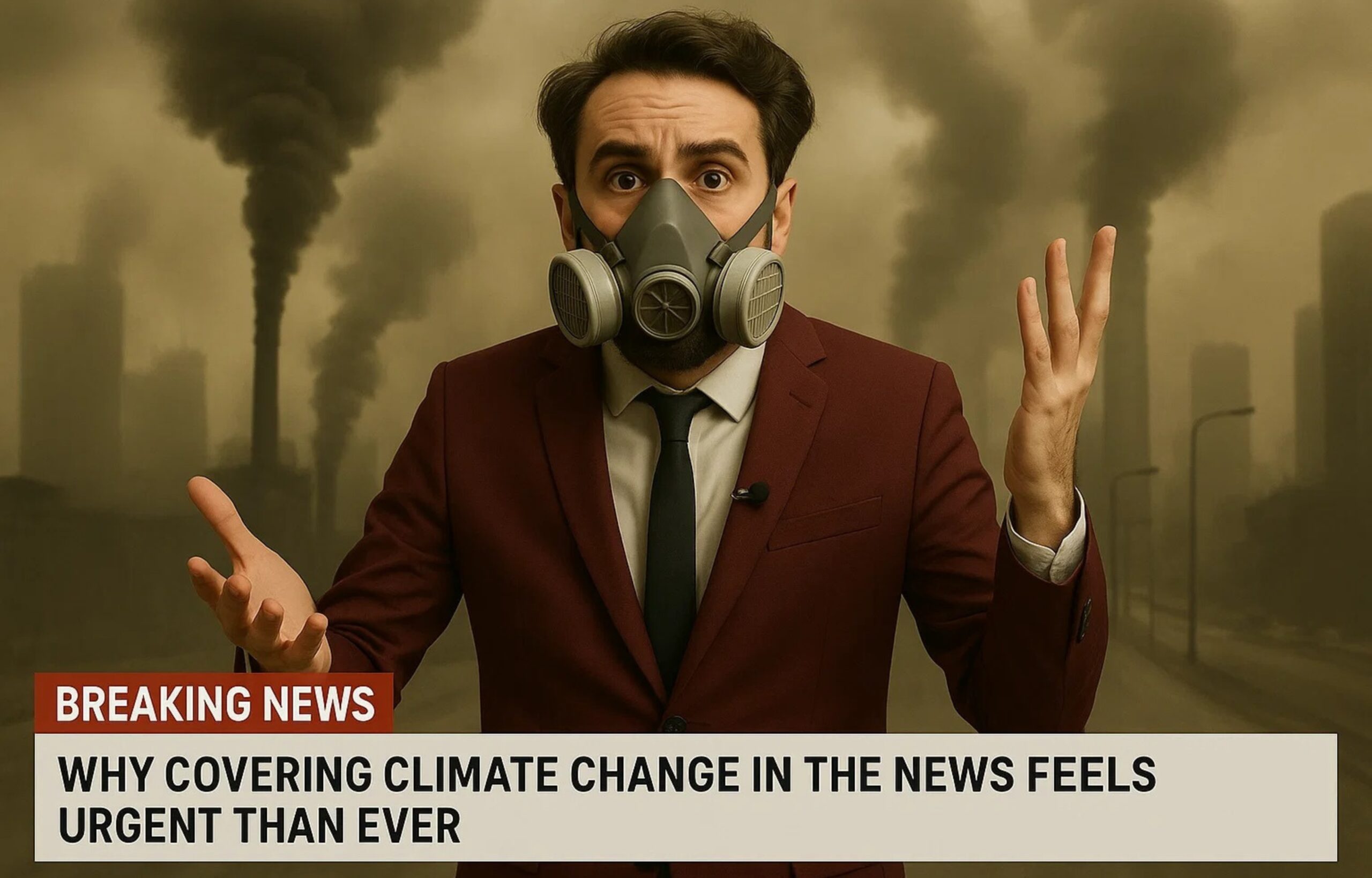
Why Covering Climate Change in the News Feels More Urgent Than Ever
I don’t know about you, but lately, it feels like the news is filled with stories about wildfires, floods, and heatwaves more than ever before. Sometimes it’s hard to keep up without feeling overwhelmed. But here’s the thing — that constant coverage? It’s actually a good sign. It means the world is waking up to the fact that climate change isn’t some distant problem. It’s here, and it’s personal.
When did climate change become “everyone’s” news?
I remember back in the early 2000s, climate change stories were mostly relegated to science magazines or activist circles. Today, they’re front-page news across the globe. According to the Climate Change Communication Research Hub, media mentions of climate change have jumped over 60% in just the past decade.
This shift matters because media shapes how we think and feel about big issues. When you see real families losing homes to floods or farmers battling drought, climate change stops being an abstract idea and becomes something real, urgent — something that touches all our lives.
But the news can be exhausting
Here’s the catch: too many scary stories can wear people down. “Climate fatigue” is real. If every news article feels like doom and gloom, it’s easy to shut down or feel helpless.
That’s why some journalists are changing their approach — mixing in stories of hope and solutions. Whether it’s new solar tech, communities planting trees, or countries setting ambitious green goals, these stories remind us that action can make a difference.
Climate stories look different everywhere
Where you live shapes how climate change shows up in the news. For island nations, rising sea levels aren’t just a future threat; they’re an existential crisis. In industrialized countries, the conversation often focuses on policies or new technologies to reduce emissions.
This diversity in coverage is important — it helps us understand how climate change isn’t a one-size-fits-all problem but a complex global challenge with local impacts.
How social media is changing climate activism
Beyond newspapers and TV, social media is a game-changer. Remember Greta Thunberg? What started as a solitary school strike became a worldwide movement, all thanks to the power of viral social media posts.
Now, people everywhere can share their stories, organize protests, or pressure companies and governments to act — all in real time. It’s a new kind of news and activism blended together.
Why it matters to you and me
In the end, good climate journalism does more than report problems — it invites us into the conversation, makes us think, and inspires us to act. It builds a global community aware of what’s at stake and hopeful about solutions.
So next time you see a climate story, remember: this is more than news. It’s a call for all of us to pay attention and be part of the change.



